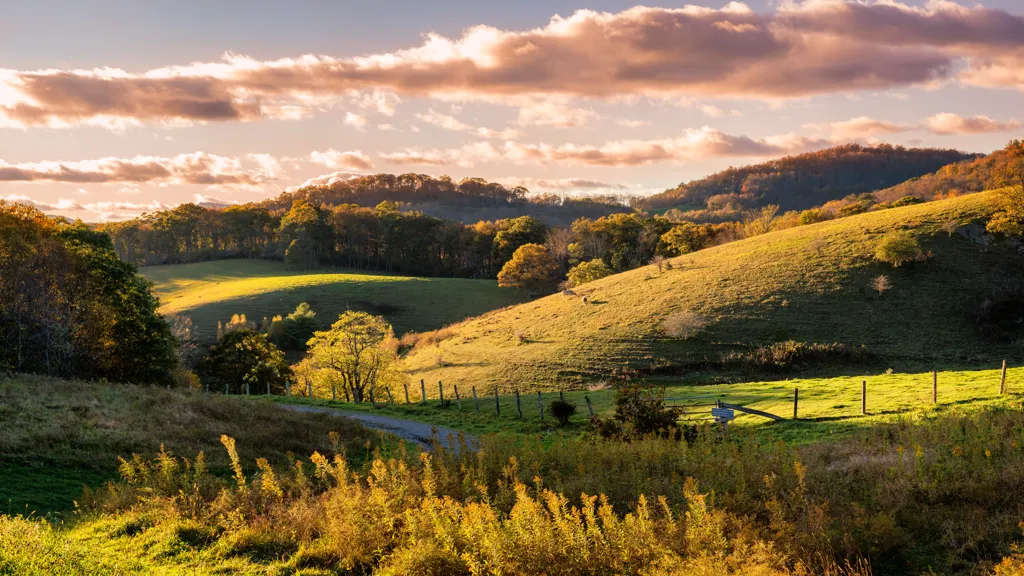
North Carolina
North Carolina has a long, illustrious viticultural history, with its climate well suited to growing grapes for wine production. Geographically, the state is located on the east coast of the US, between the Appalachian Mountains in the west and the Atlantic Ocean in the east. With its diverse topography and climate, the state is home to a variety of grape varieties and wine styles. North Carolina has a long history of winemaking, dating back to the early 1700s when German settlers brought their winemaking knowledge to the area. The state's wine industry was further bolstered by the arrival of Italian immigrants in the late 1800s. In the early 1900s, North Carolina was the second-largest wine producer in the United States, behind only California. However, the industry declined in the mid-20th century due to Prohibition and the Great Depression. Today, North Carolina is experiencing a resurgence in the wine industry. The state is home to over 100 wineries, and the number is growing.
North Carolina is home to a variety of grape varieties, including Cabernet Sauvignon, Chardonnay, Merlot, and Muscadine. The state is also known for its sweet wines, such as Muscadine and Scuppernong.
Notable producers of North Carolina wines include Raffaldini Vineyards, Round Peak Vineyards and Childress Vineyards.
Roanoke Island on North Carolina's east coast is home to a 400-year-old Scuppernong plant that is thought to be the oldest cultivated grapevine in the world.

















